Description
Euxenite-Y has a hardness of 5½ – 6½ and a specific gravity of 5.3 – 5.9. It “was first described in 1870 and named for from the Greek (εὔξενος), hospitable or friendly to strangers, in allusion to the many rare elements that it contains” according to Wikipedia. It’s name has almost seemingly become ironic, given its radioactivity!
Surprisingly, Wikipedia also includes that some “rare large crystals have also been used in jewelry,” even though just a few paragraphs above, it states, “it is commonly partially amorphous due to radiation damage,” and, while it’s a little unclear as to whether every Euxenite-Y specimen is radioactive or whether the Euxenite-Y specimens which are radioactive are possibly in between Euxenite-Y and Polycrase-Y, but this is highly radioactive. The Geiger Counter shown at the end is the ~$50 Chinese waterproof one you could get from https://amzn.to/3OK5FJR and it’s never been calibrated or thoroughly tested, so don’t consider it an accurate measurement. It’s just simply shown for your entertainment.
While WebMineral shows an analysis of an Euxenite-Y specimen to be comprised of roughly 33% Niobium, 24% Oxygen, 18% Tantalum, 16% Yttrium, 4% Cerium, 2% Titanium and 2% Calcium, another specimen analyzed on Mindat shows 8% Uranium dioxide and 2% Thorium dioxide, which would account for the radioactivity… Additionally, and interestingly, Mindat also shows trace concentrations of Lead, Aluminum, Iron, Scandium, Manganese, Magnesium, Strontium, Barium, Chromium, Cobalt, Copper, and Nickel. And, according to Wikipedia, some Euxenite-Y specimens also contain more than 1% Terbium! As stated in the other Euxenite-Y video (as tagged at the end), Euxenite-(Y) really is an element collector’s dream rock!
Found in granitic pegmatites, it’s a little uncommon to find, but as it’s quite the useful ore, it’s been found and recorded in roughly 600 localities around the world on every Continent, and in 12 Colorado counties, often associated with Gadolinite, Monazite, and Xenotime. However, unless you’re an element collector looking specifically to acquire these elements and you’re prepared to care for a Dragon, you probably shouldn’t bring this home!
This is a rock you’ll want to watch out for and to make sure not to needlessly touch, put in your pocket on the long hike back, or especially, ingest this in any way – it almost needn’t be mentioned, but as the U and Th make this rock quite radioactive: DO NOT LICK THIS ROCK!


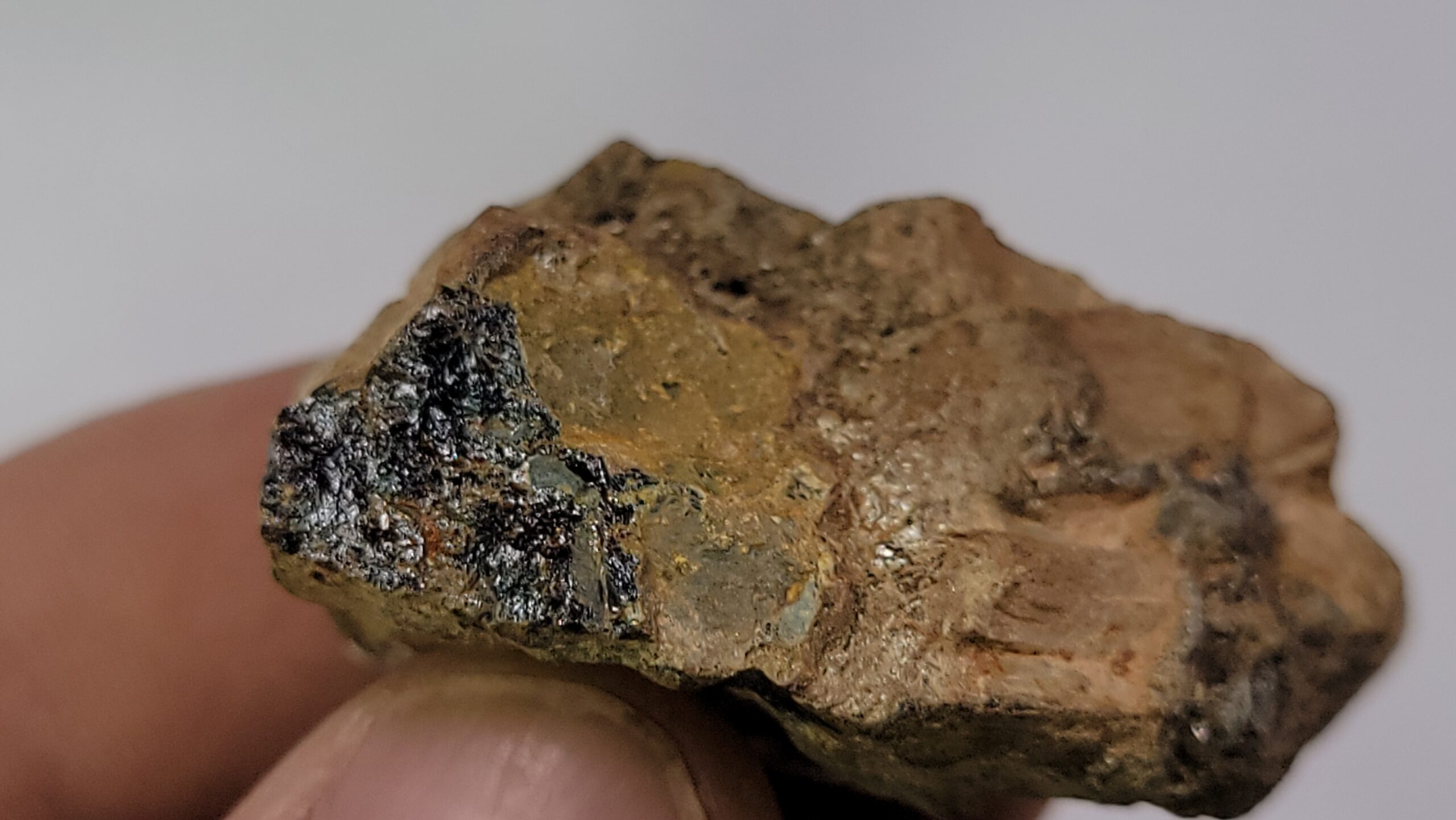


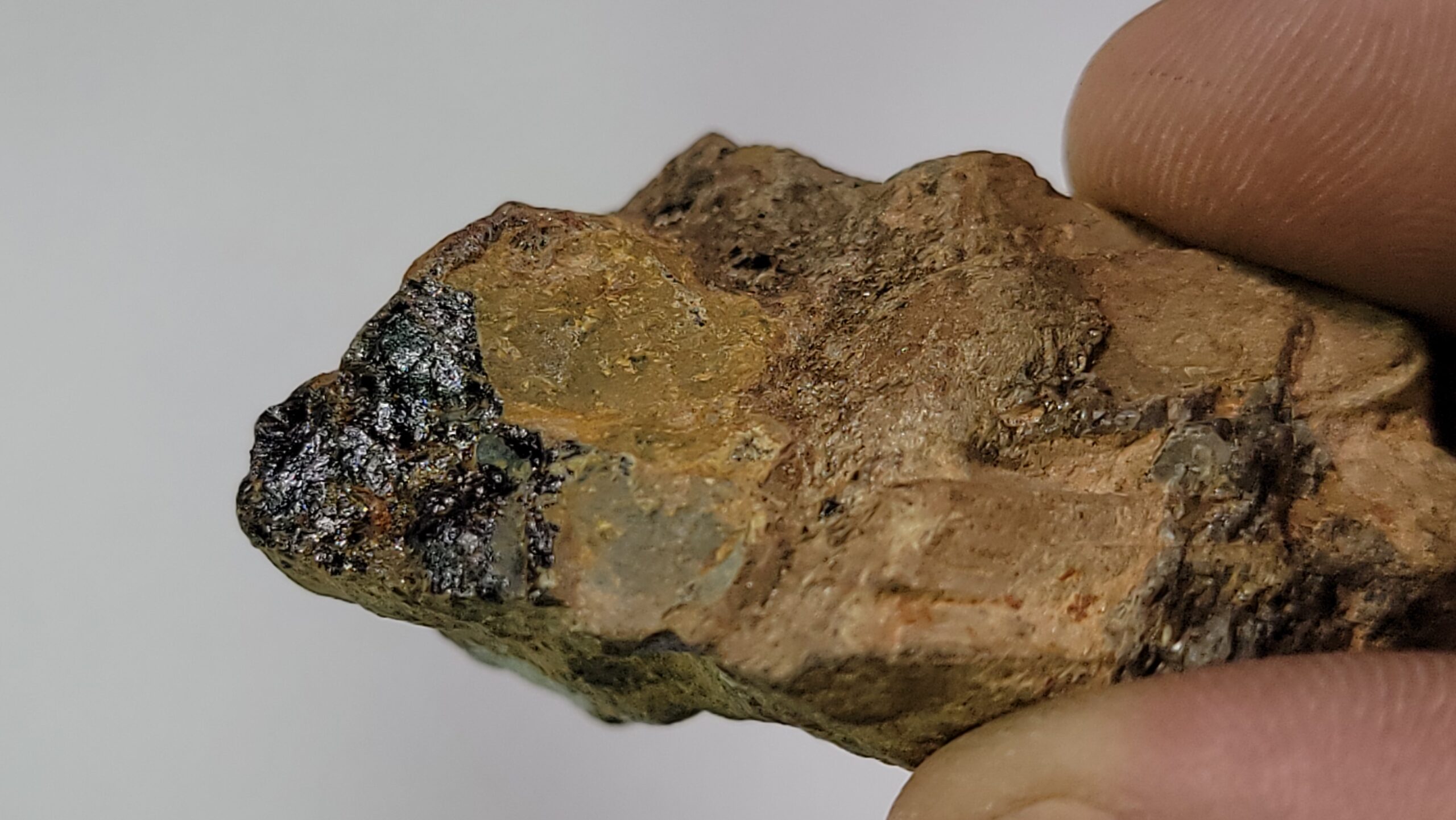
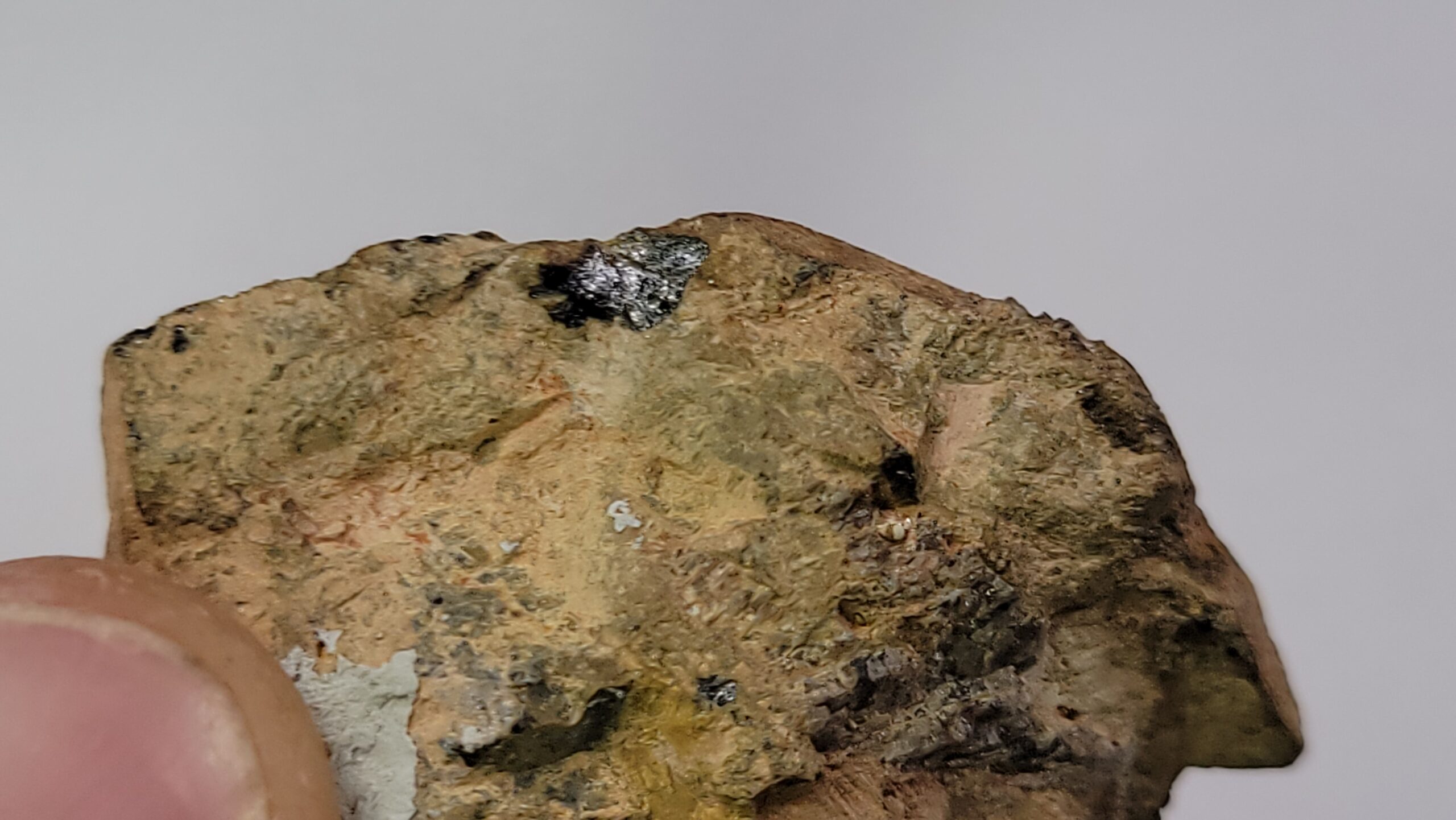
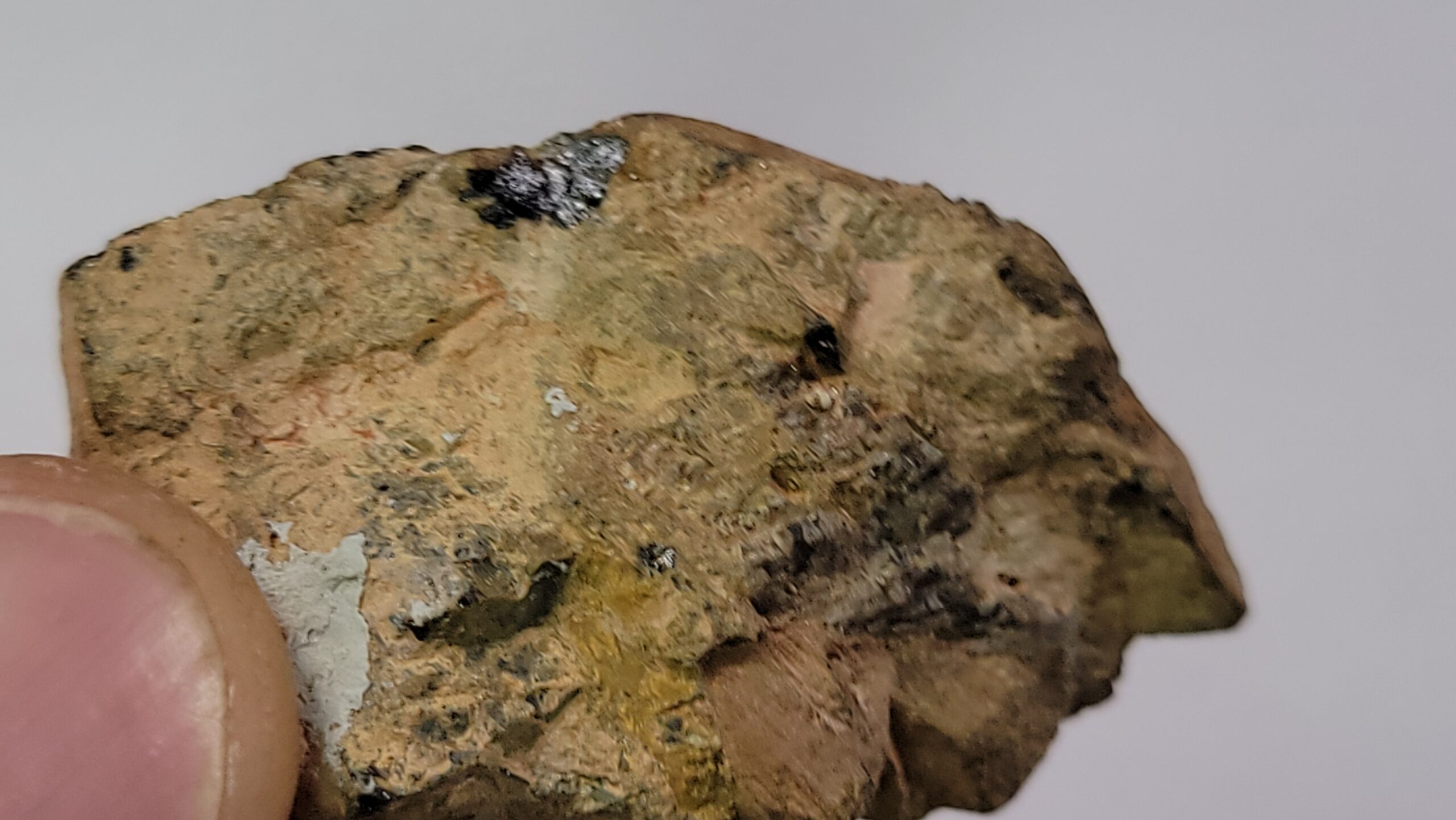
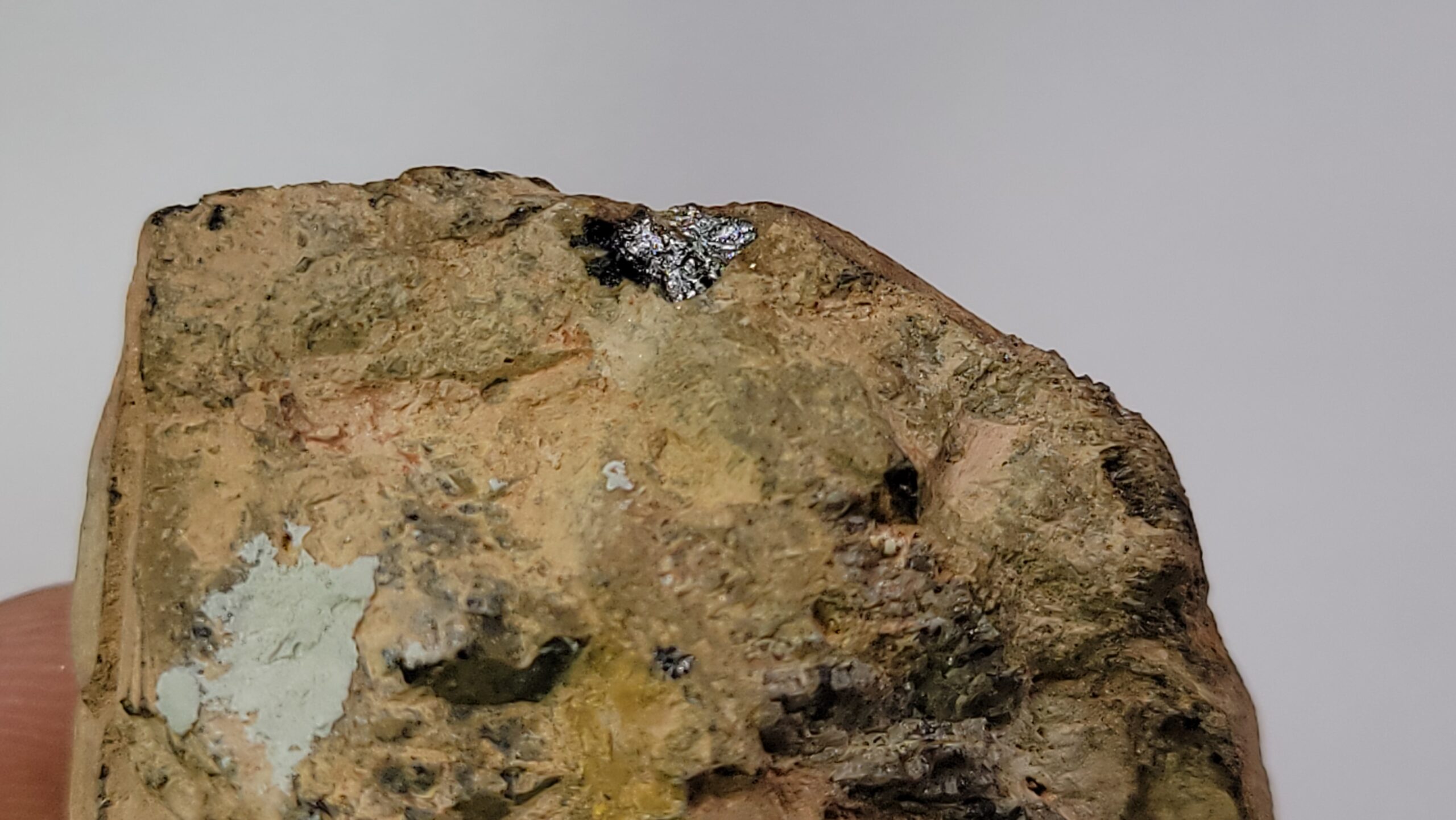

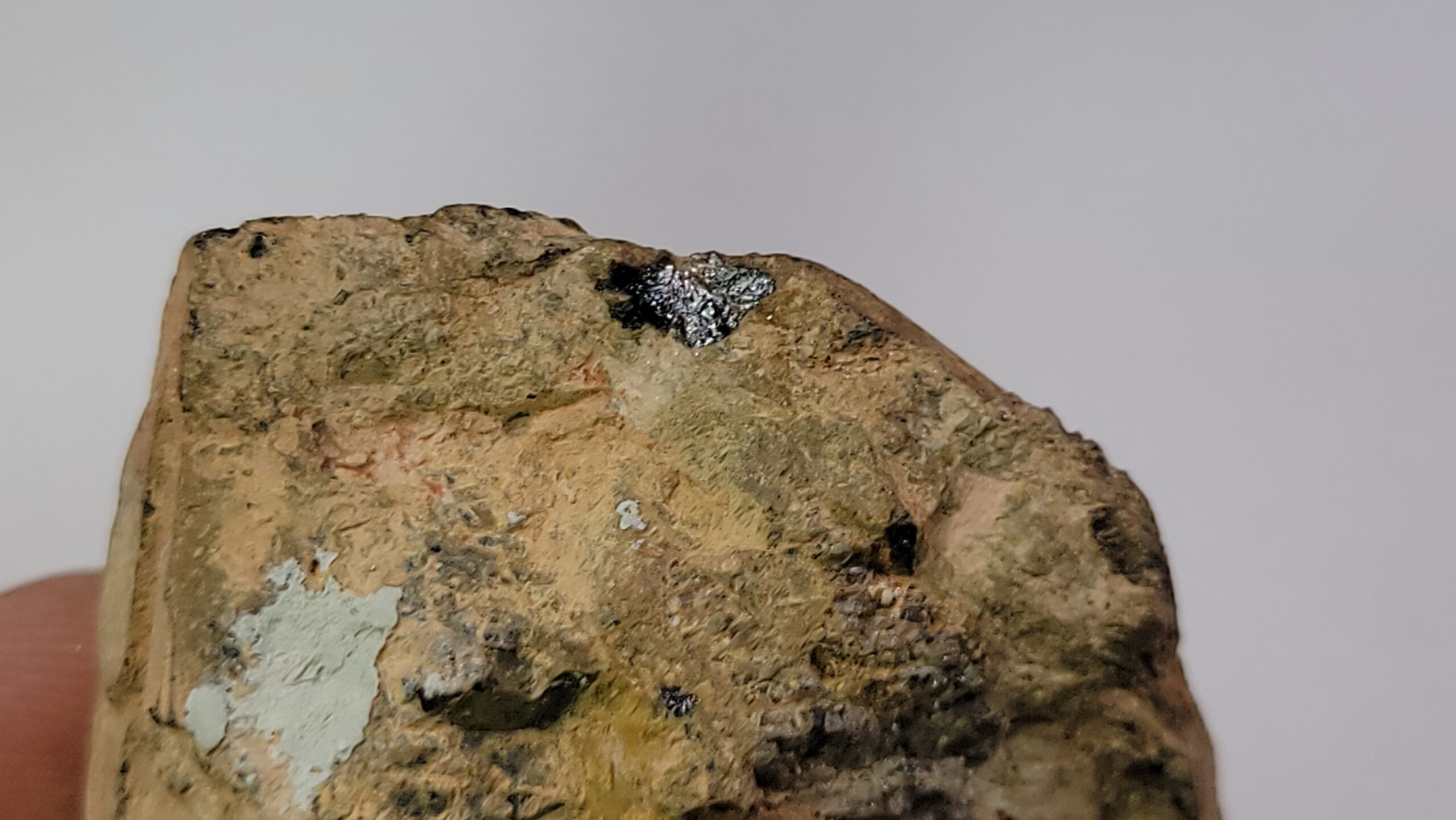
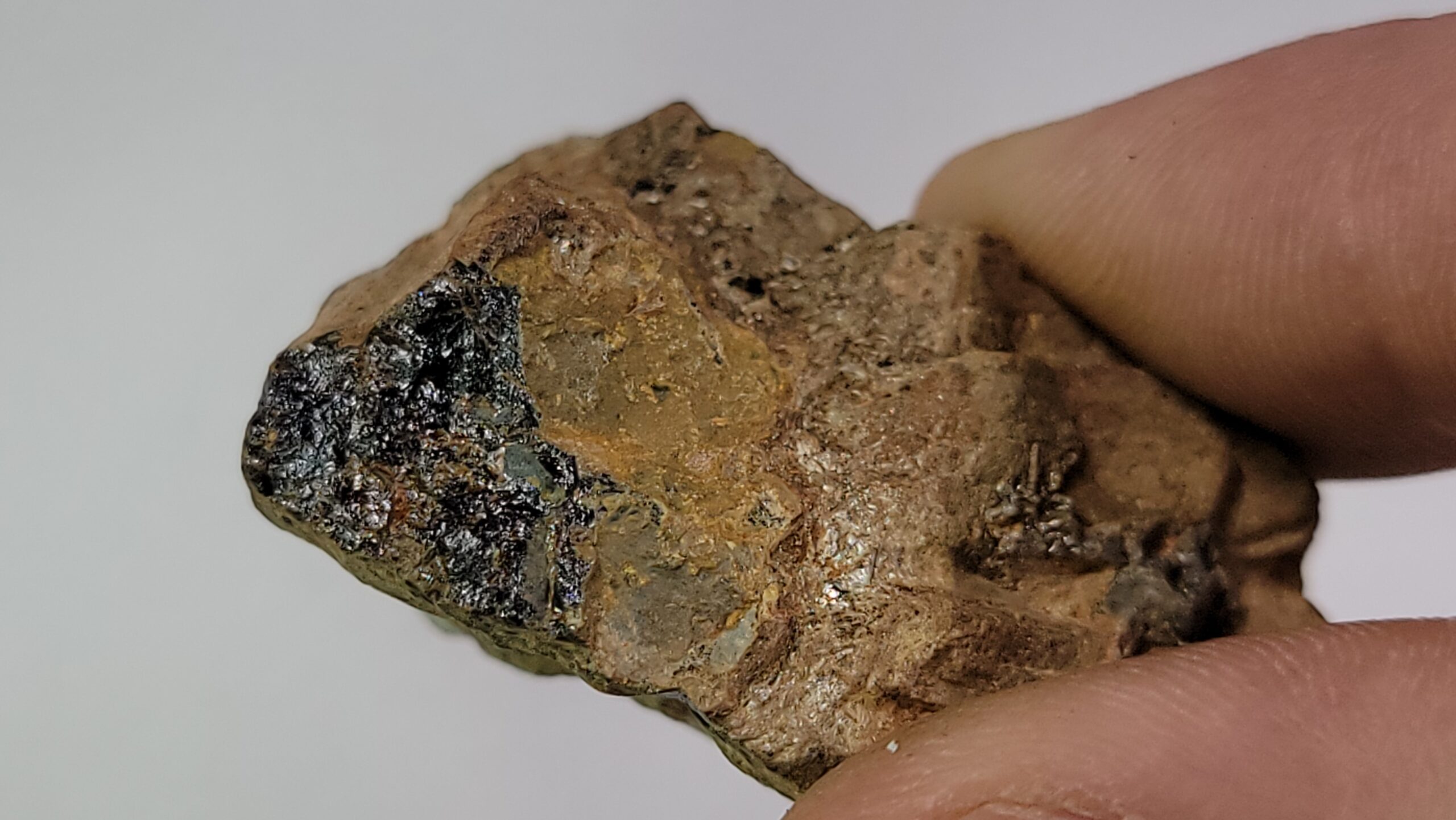

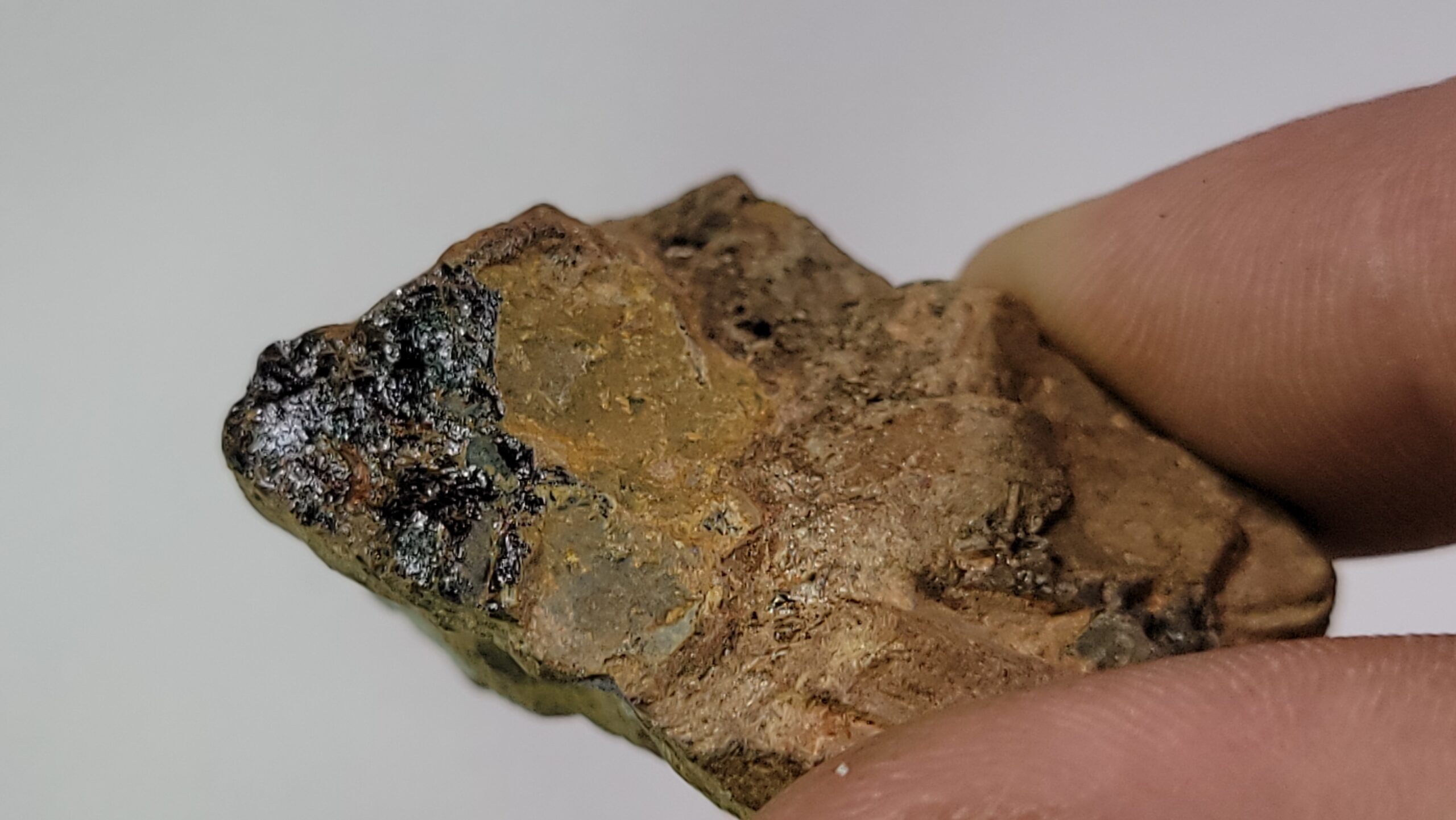
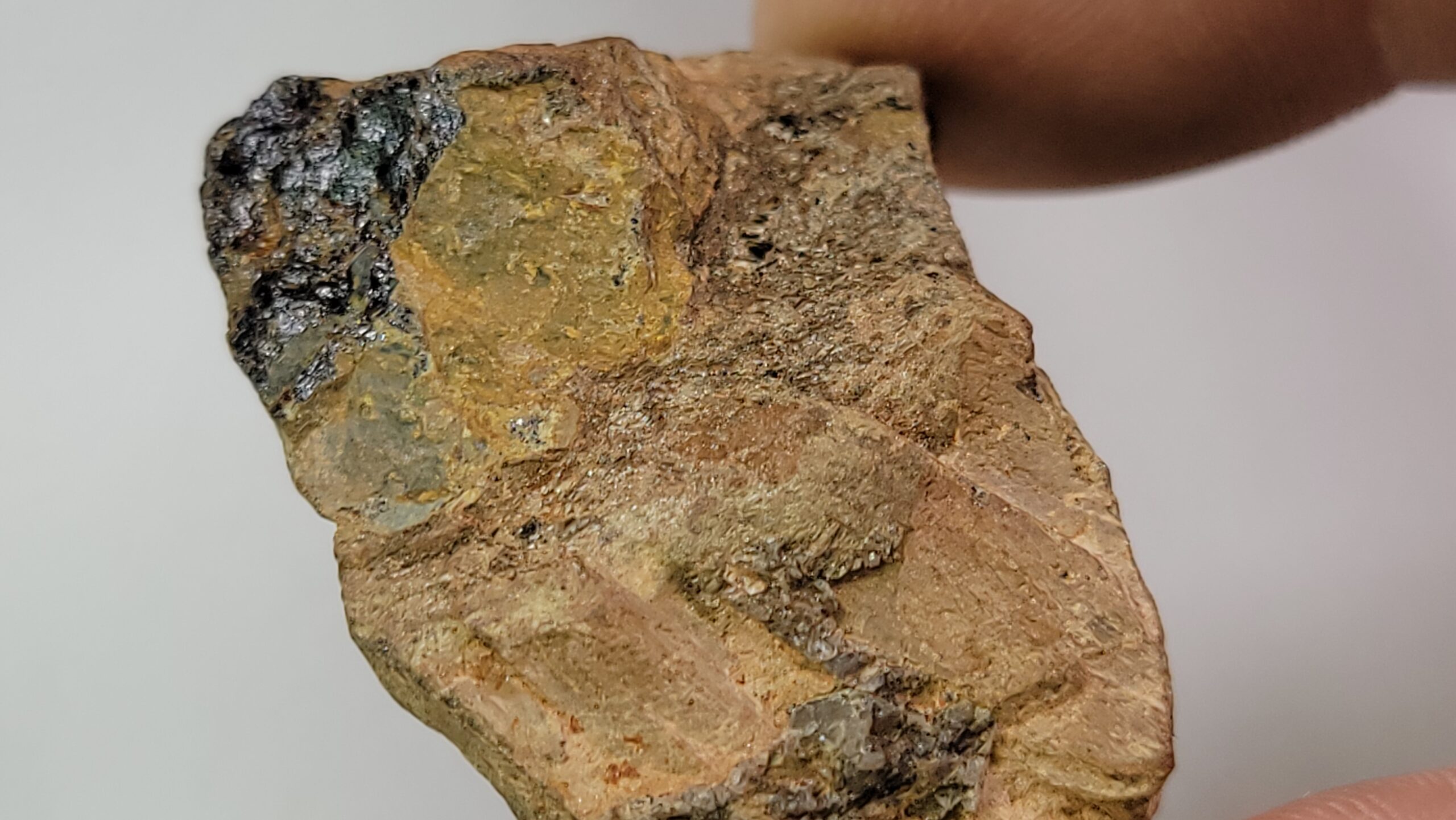
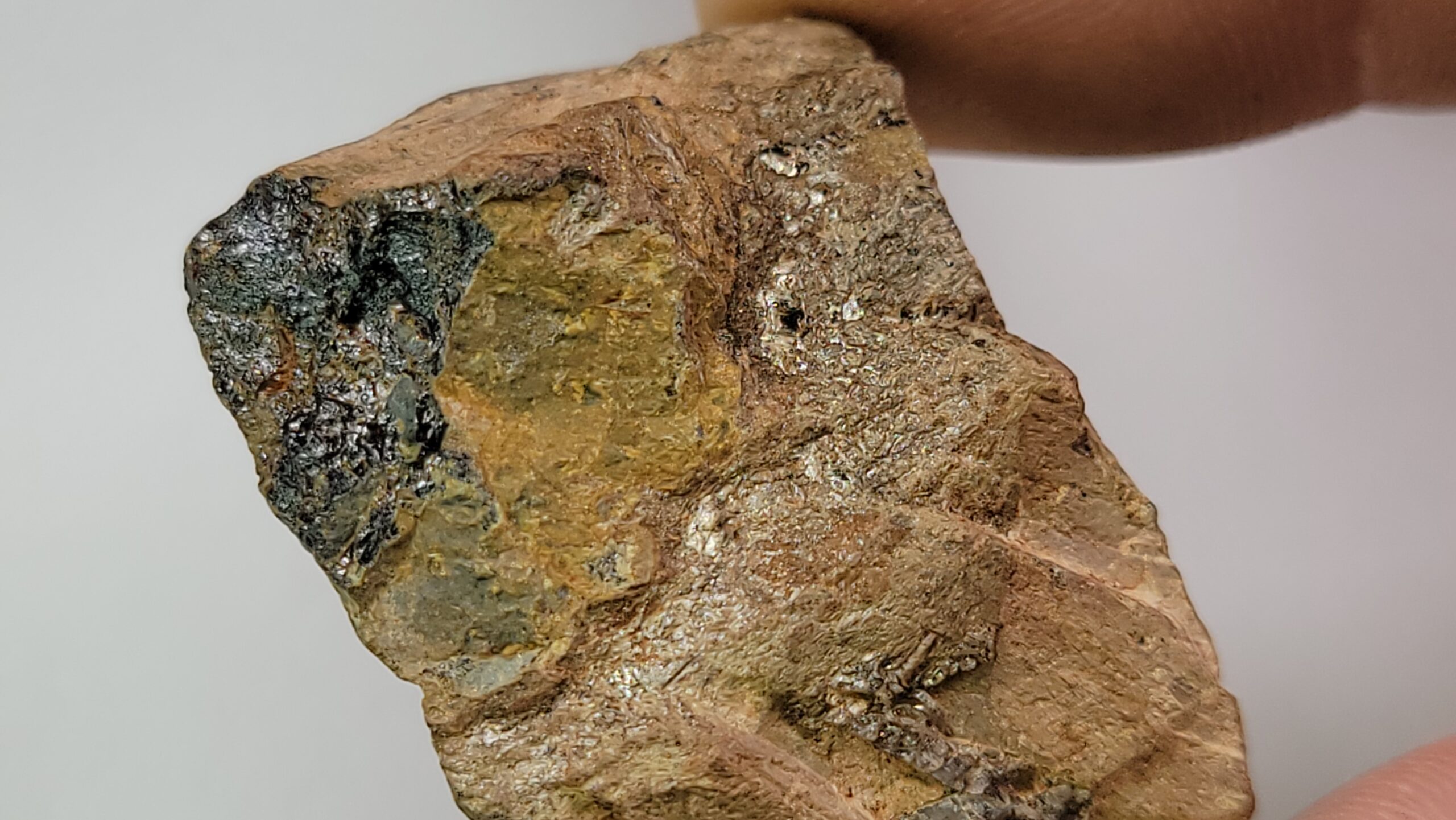


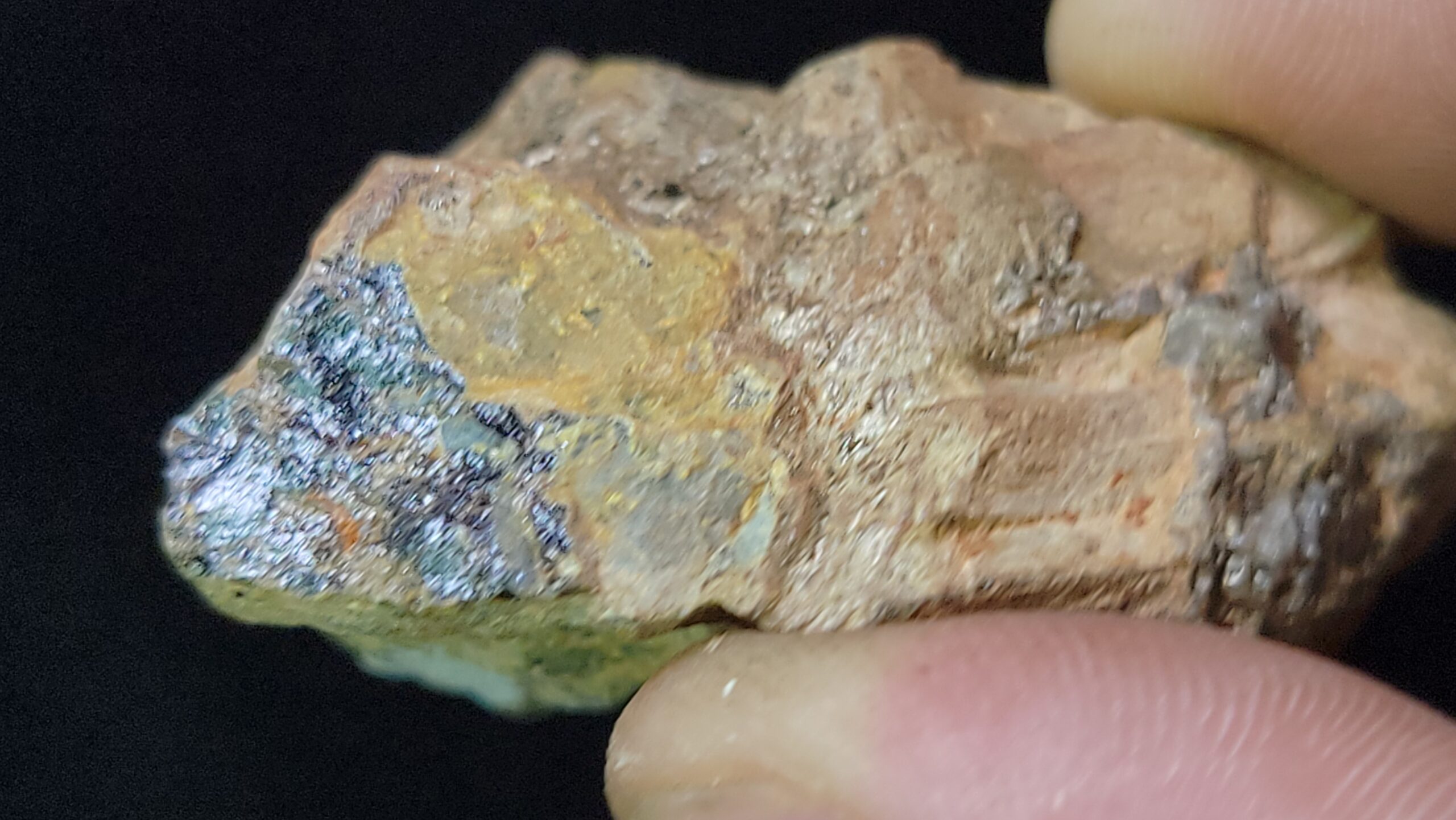
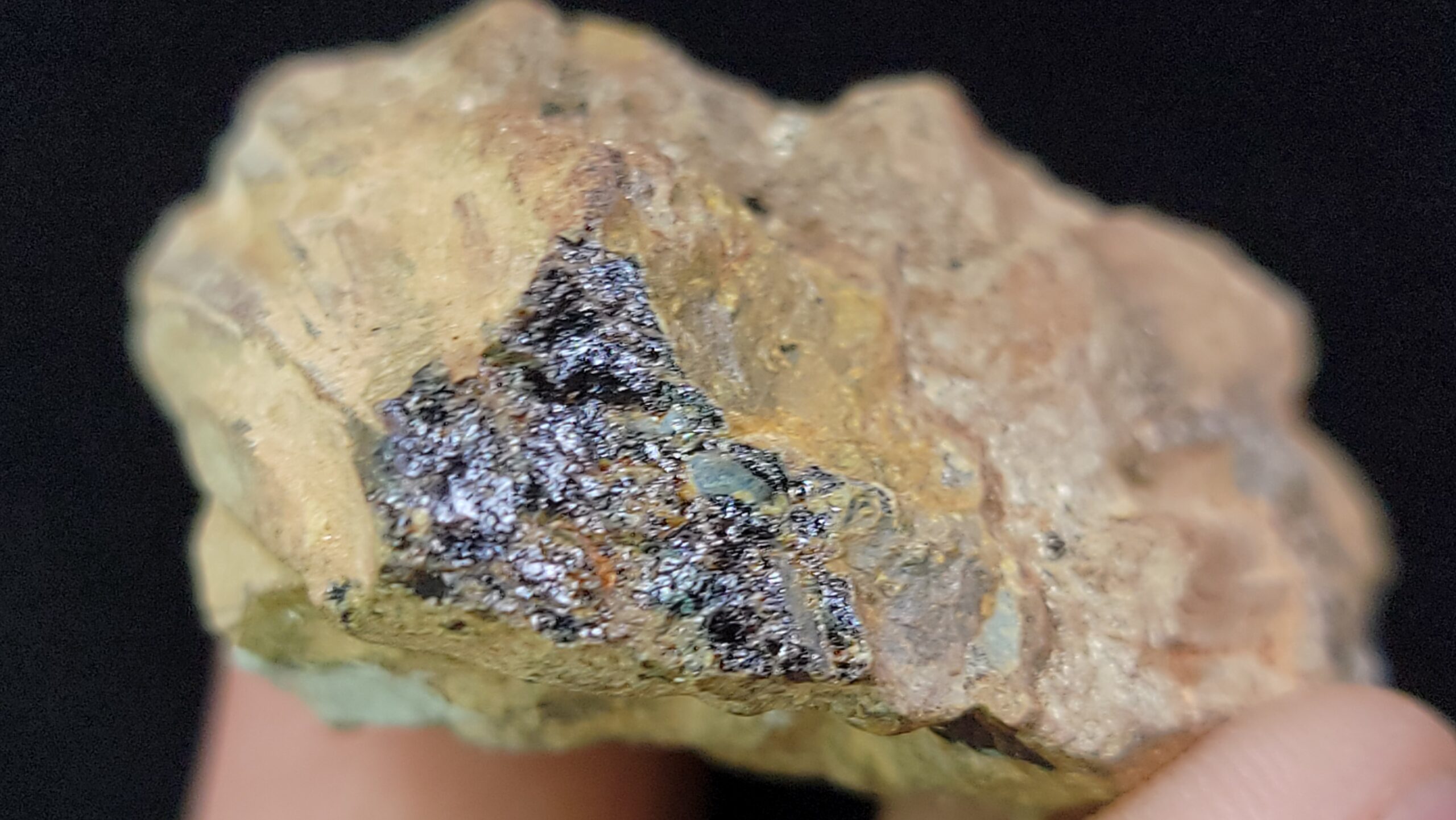
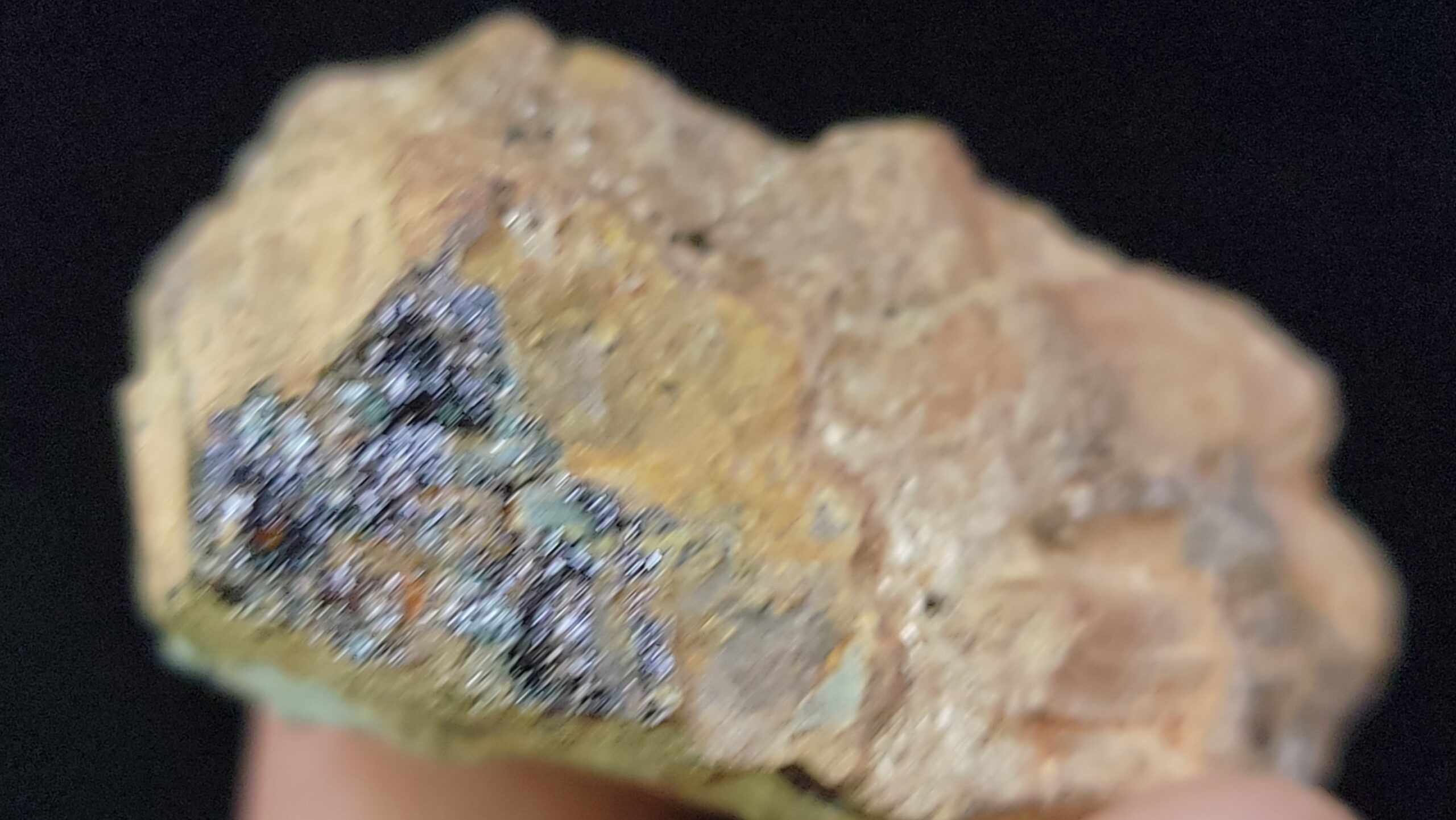
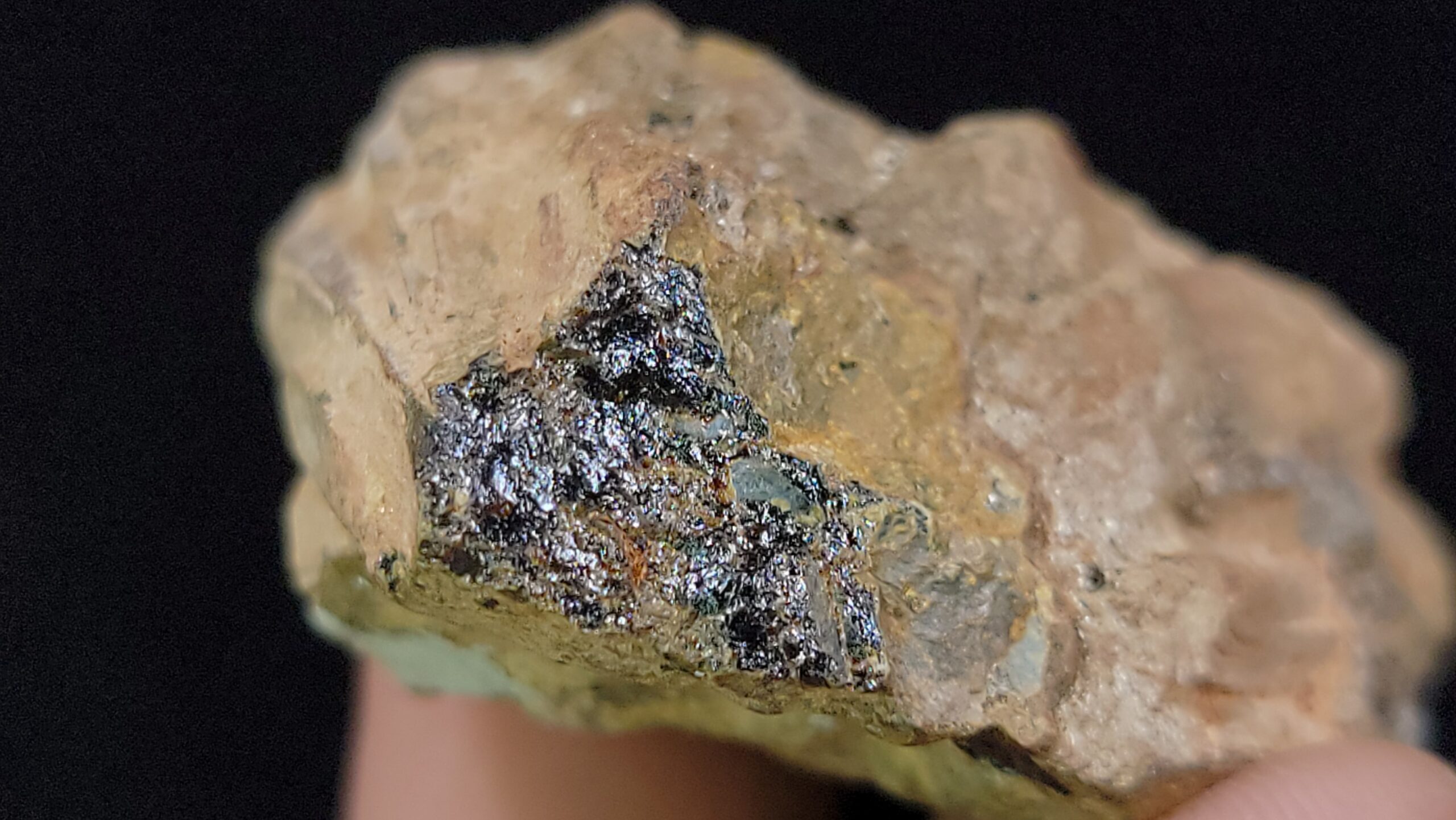
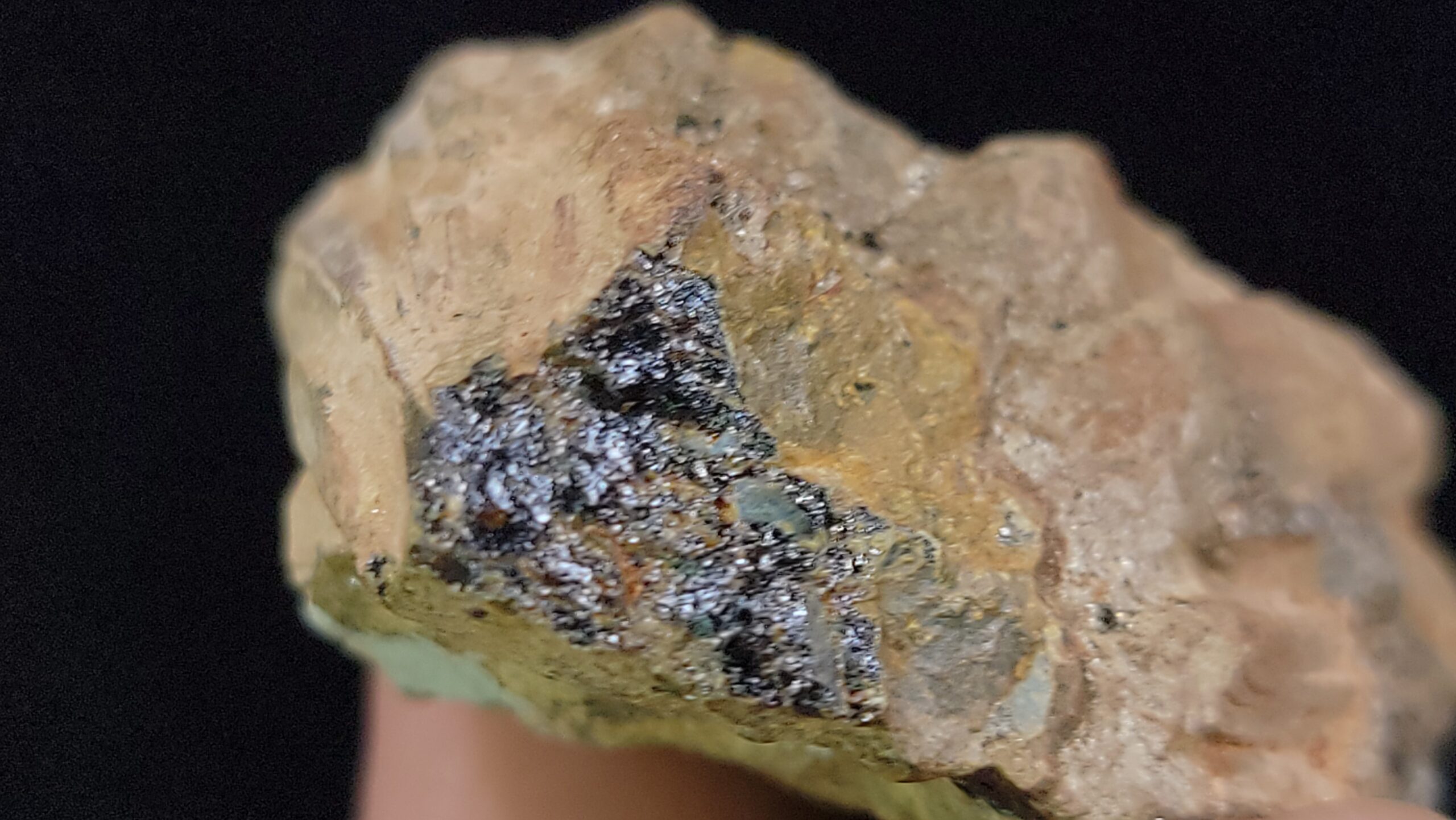
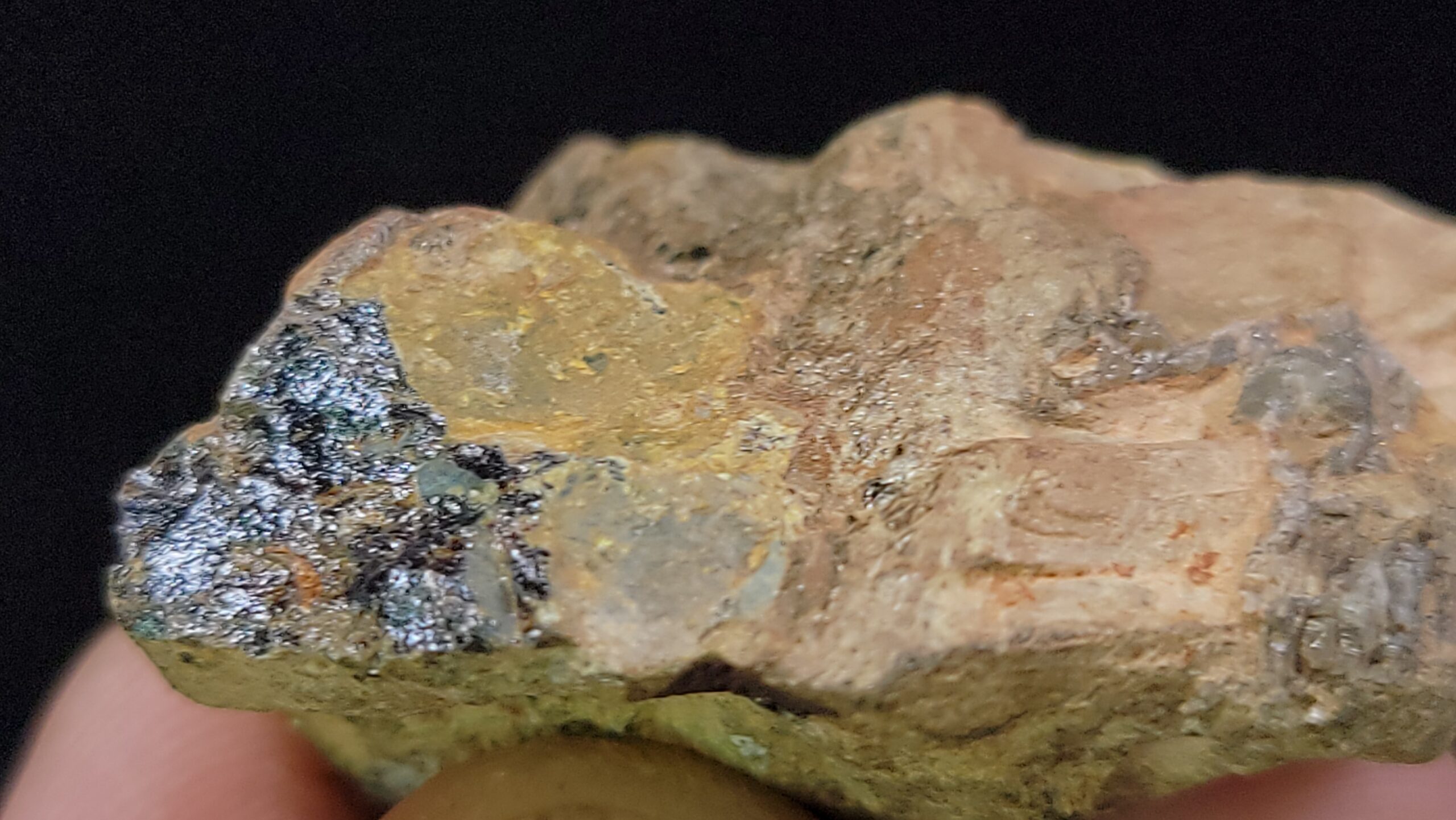
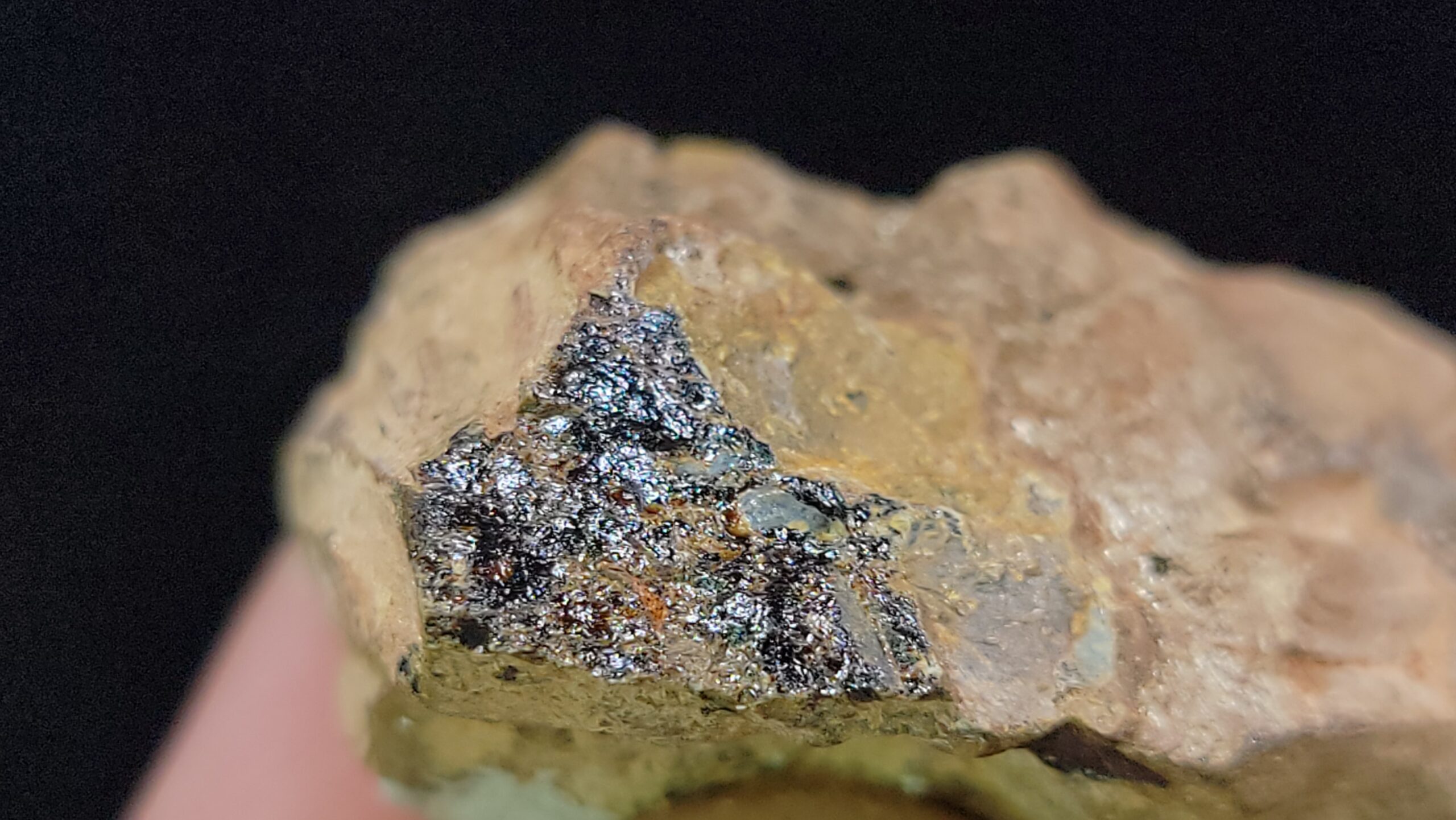
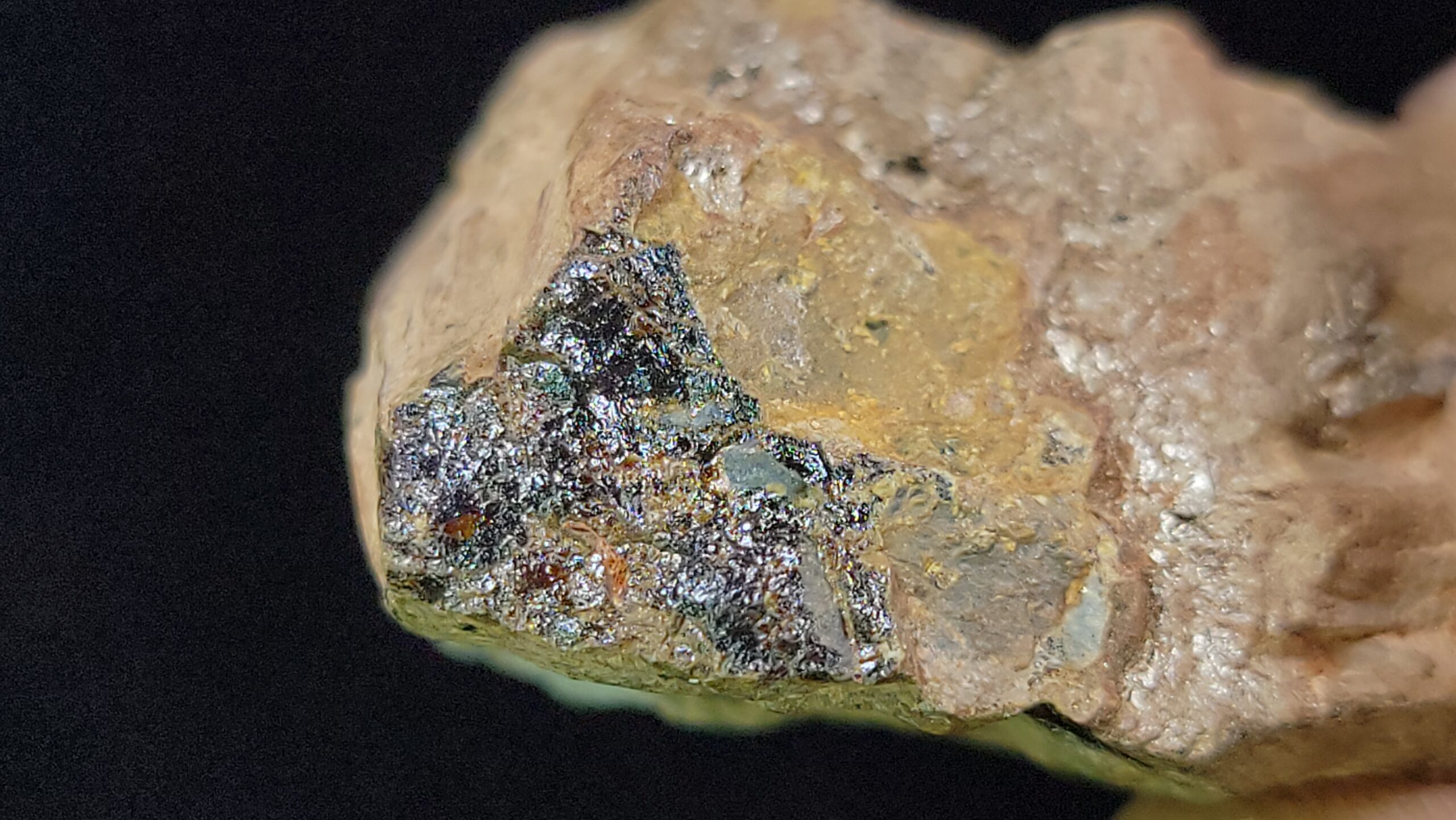

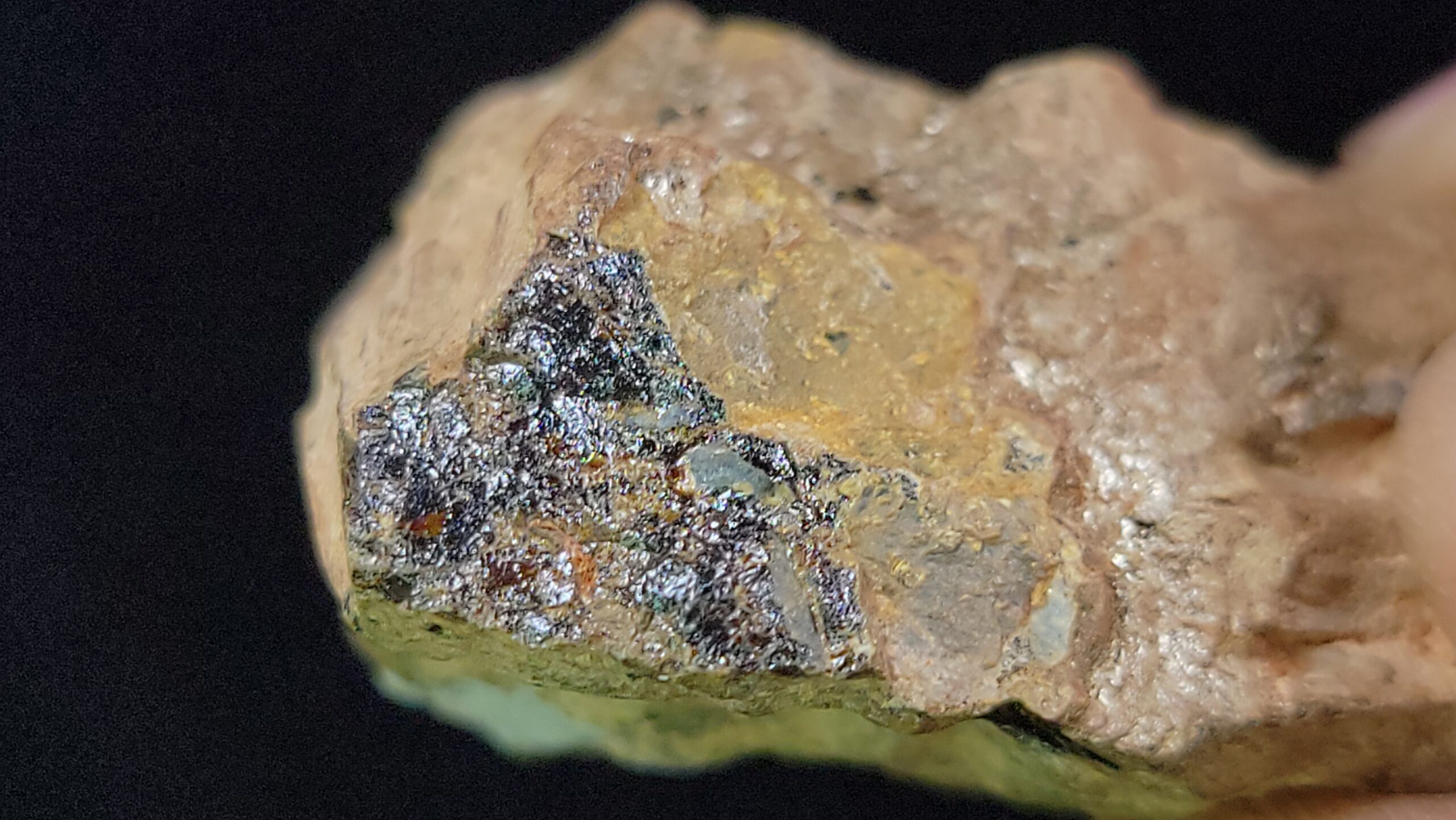
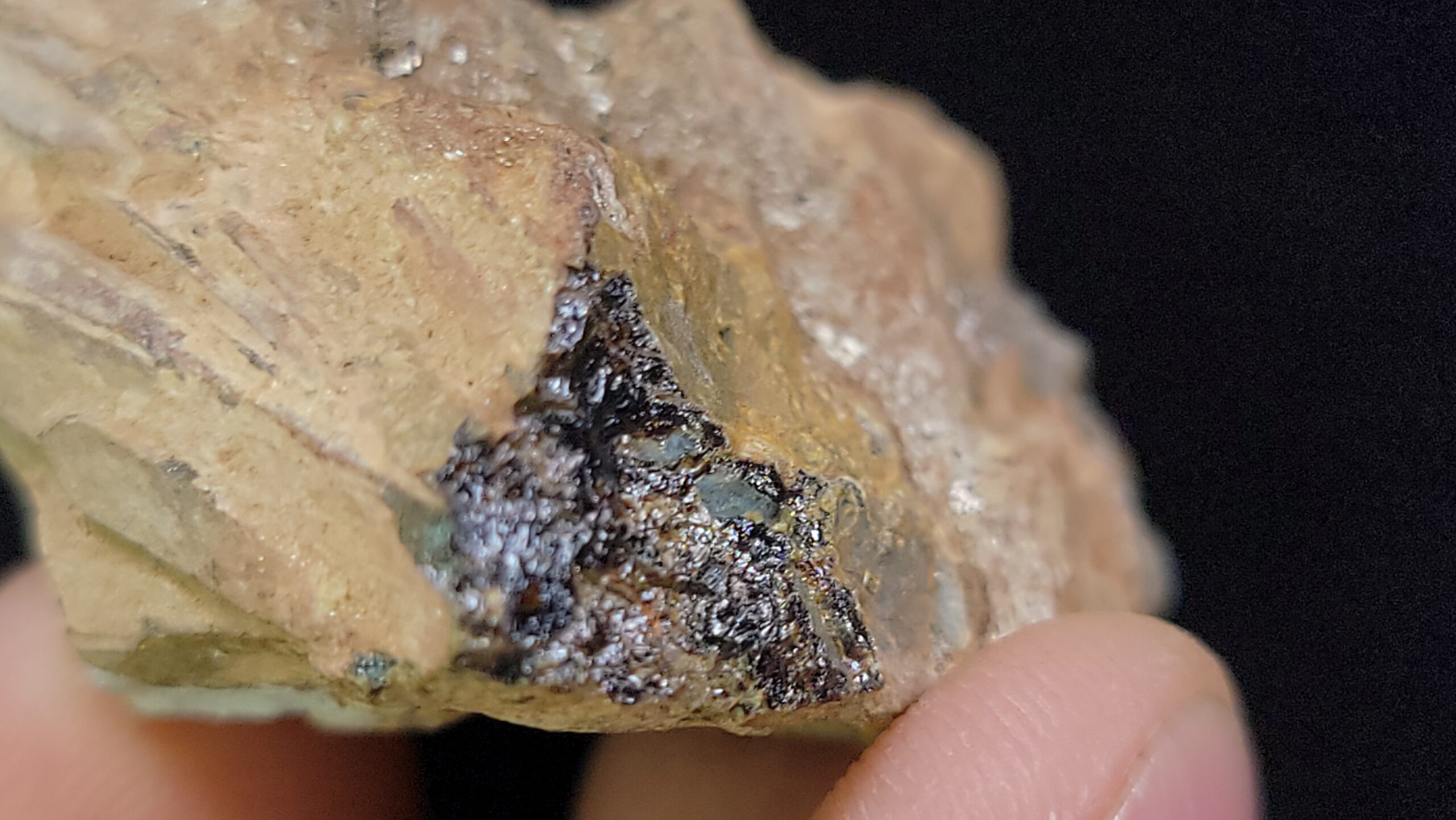
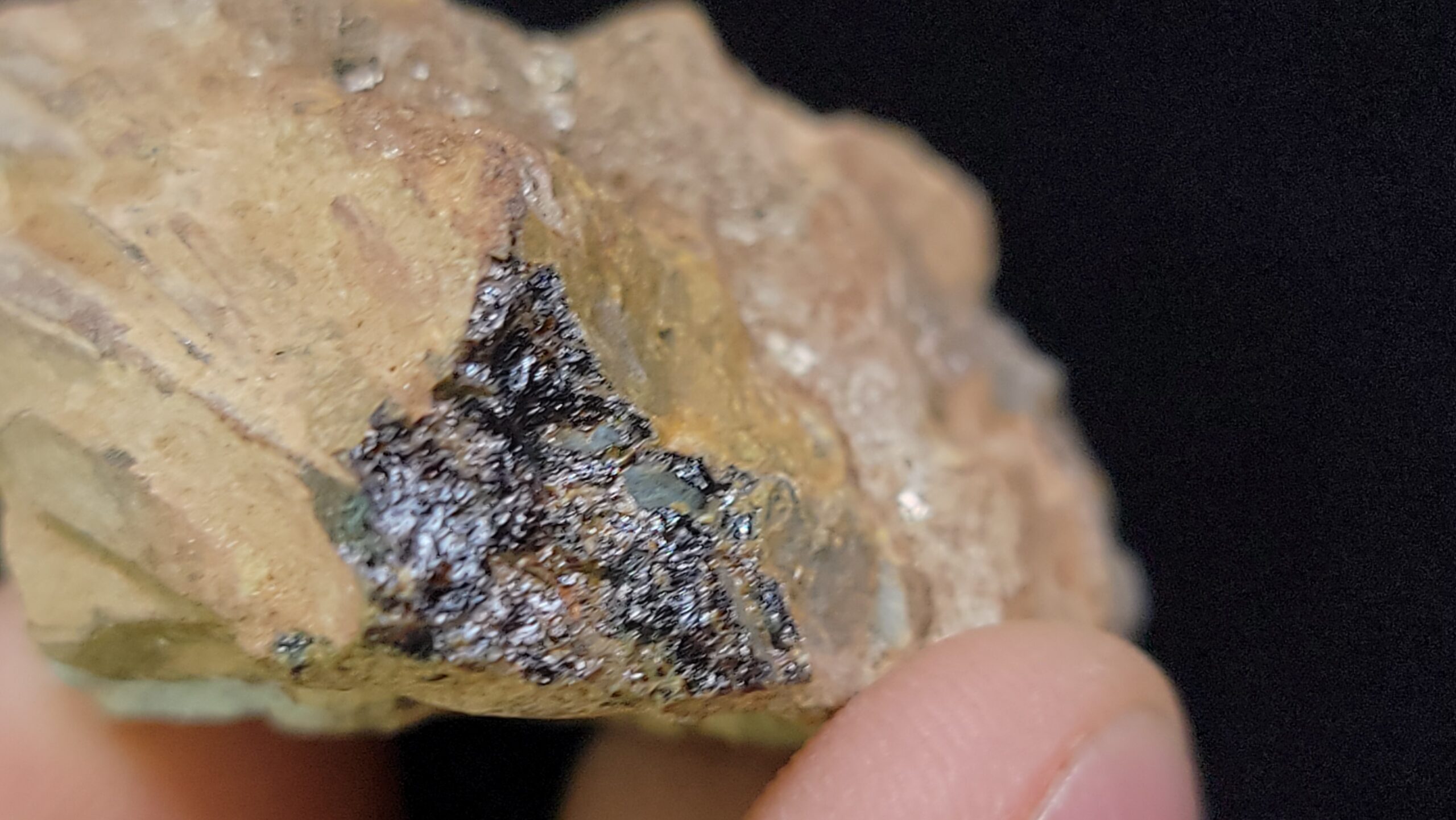


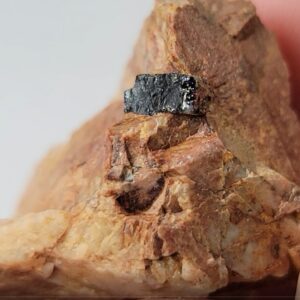


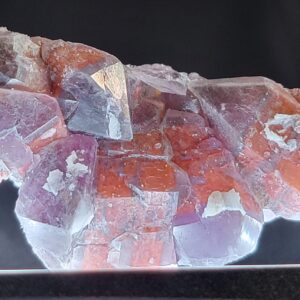
Reviews
There are no reviews yet.